After a show on Trump’s budget, Oliver used the Cebras to lighten the air, which to be clear I not only support, but was thrilled by. But what I want to talk about is the lead up Oliver provided to the bit on the Cebras—he began by introducing Bolivia with an inset map in which Colombia was highlighted. Then pointed out that the highlighted country was not Bolivia, but Venezuela, Then switched the highlighting to Venezuela saying it was Colombia. And after a short bit switching highlighting around to different countries, claiming them as Bolivia, he finally showed the right country, and moved on. He pulled the same stunt on February 23, 2015, in which he showed Ecuador and Paraguay highlighted instead of the correct country, introducing a segment in which he notes that the only country that elects judges in a process similar to the United States is Bolivia. After showing the confusing map images, John comments, “This gag is never not going to be fun.”
And I’m sure it is fun for him. But I find it annoying. Perhaps it does have some educational value, but it also makes fun of and in doing so validates U.S. Americans’ utter lack of geographic knowledge about most of the world. Rather than viewers feeling as if they should know where Bolivia is, they laugh along at how silly it would be for them to know where this country is, that apparently has nothing to offer but examples of poorly designed judge selection and dancing animal-costumed traffic directors. This joins the unfortunate media portrayals of Bolivia in Sandra Bullock’s remake of the documentary Our Brand Is Crisis, in which the campaign of former president Gonzalo Sanchez de Lozada is highlighted without any reference to the despicable human rights violations he oversaw the following year (See Linda Farthing’s review of the film here). It also joins the portrayls of Bolivia I highlighted in my Ph.D. Dissertation, including the film Horrible Bosses in which a character suggests chemical waste should be sent to Bolivia, and Woody Allen’s Manhattan which references “those barefoot kids from Bolivia who need foster parents” (p 190, find the full document here).
All together these portrayals highlight the incommensurability, exoticism, and Otherness of Bolivia as compared to the United States. It is a place of strange customs, a third world wasteland, and proof that U.S. politics are screwy, indicated by their similarity to this obviously (implicitly indexed) Banana Republic-esque underdeveloped nation. On one hand, John Oliver’s most recent #justaddzebras bit at least extends us beyond the political and “inequal” to focus on the lively culture of my favorite country. But his framing did the bit a disservice. Only by taking seriously the context of Bolivia as a complex nation with more to offer than “barefoot children” and shady politics, will the humor of the Cebras really work in productive ways.
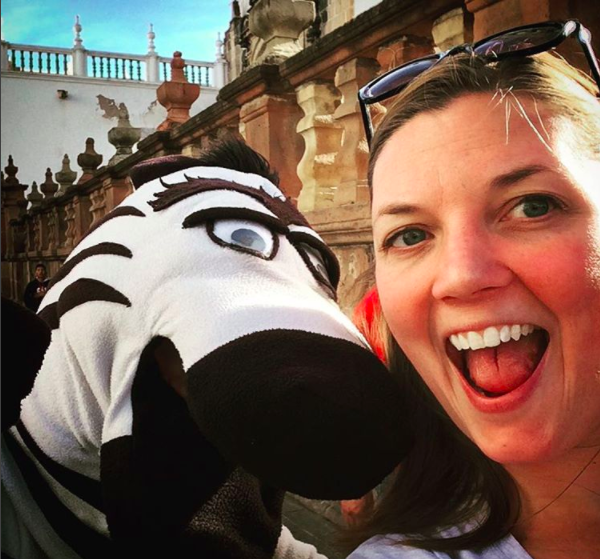
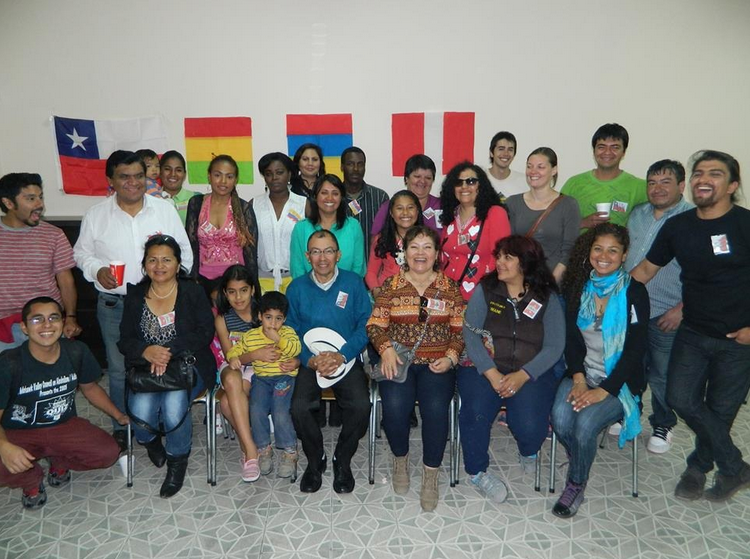
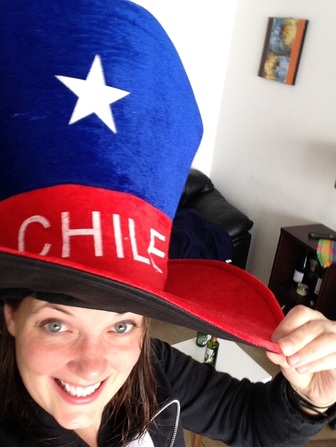

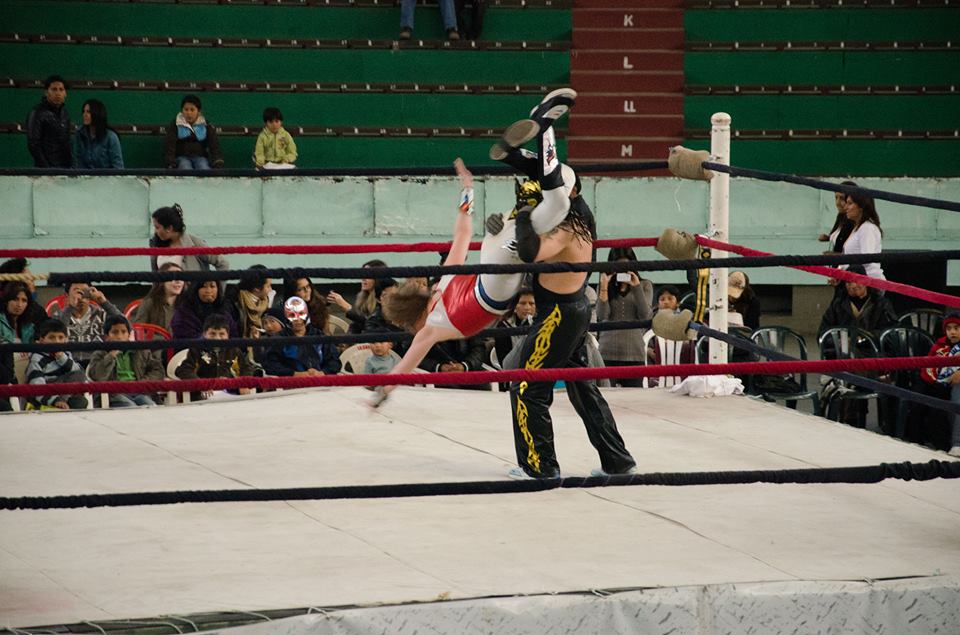
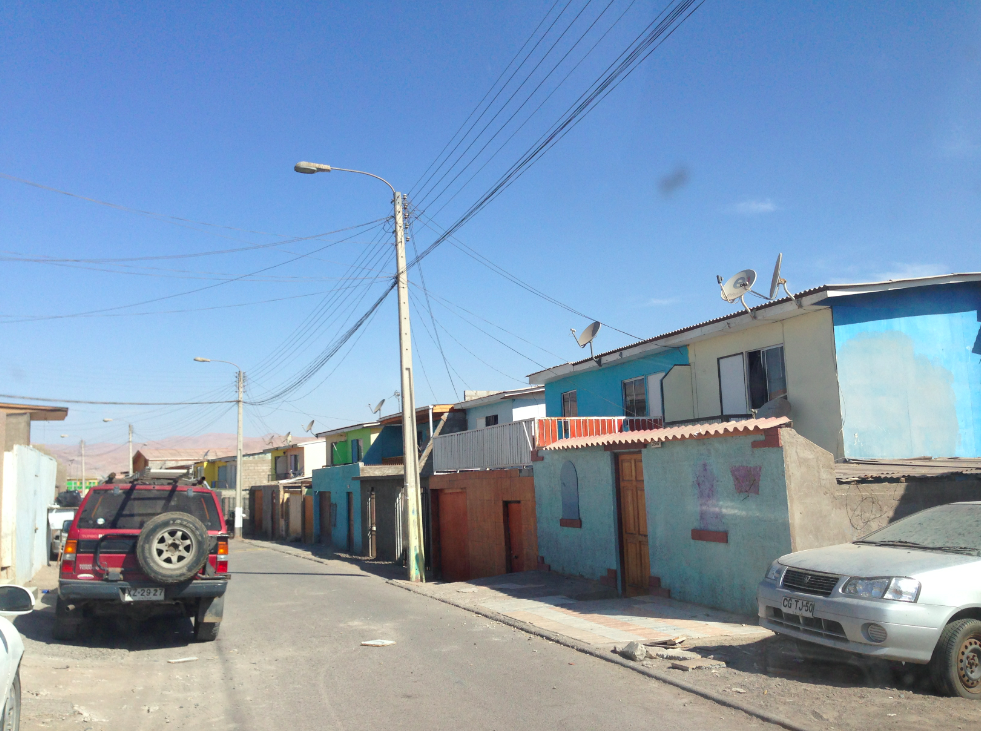
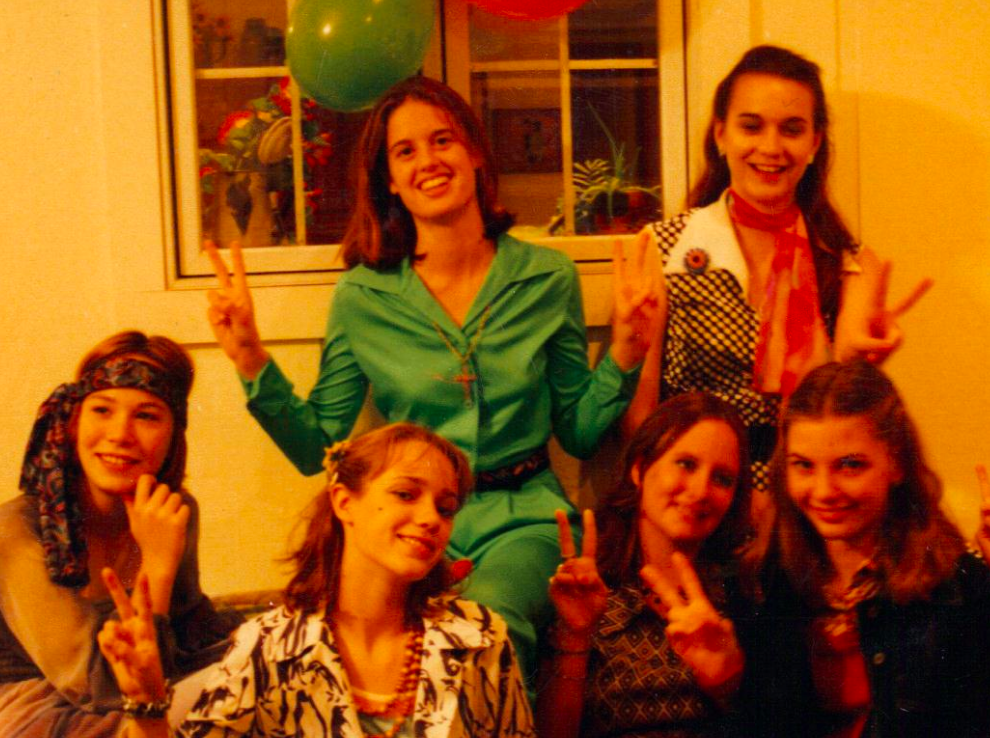
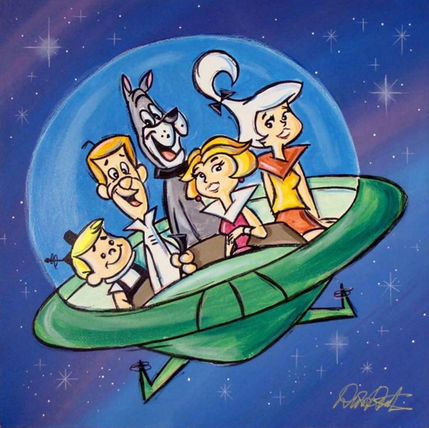

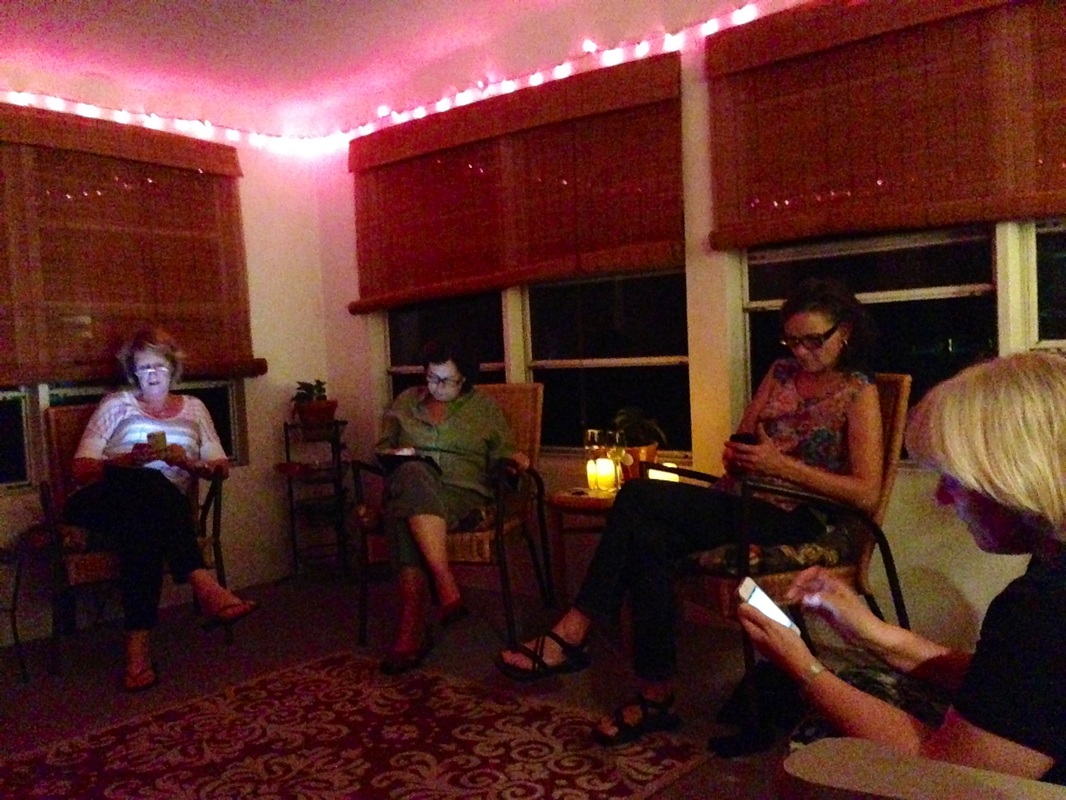
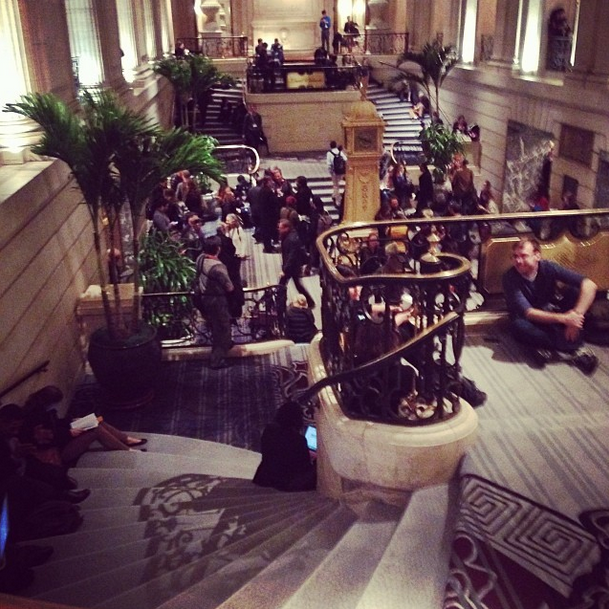

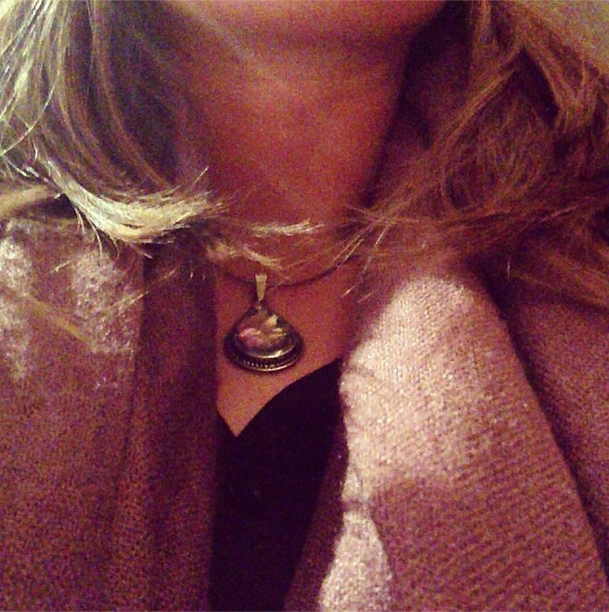
 RSS Feed
RSS Feed
